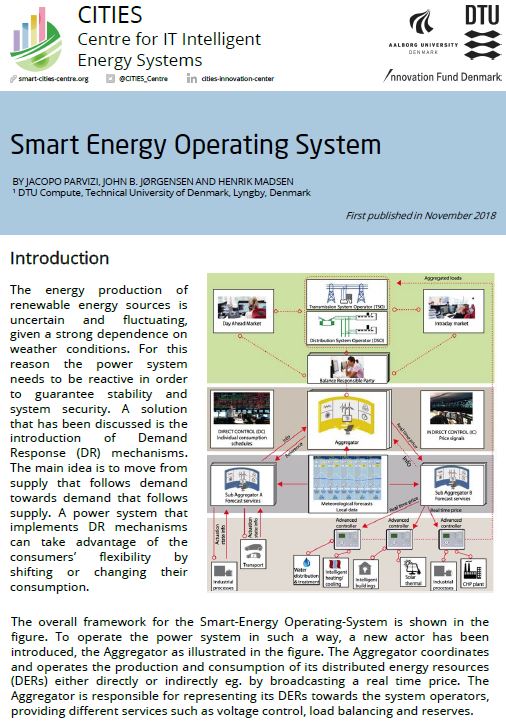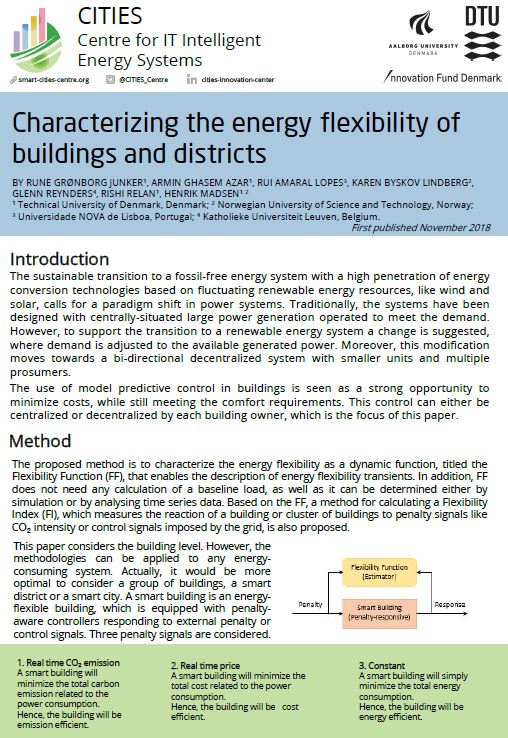Demo case: Smart water utilities for flexible energy systems
Many years of expansion of primarily wind energy in its electricity system raised the need for making the whole energy system more flexible, as well as to contribute to the CO2 emissions reduction. Installing ever larger capacities of battery electric storage, or making ever-larger super grids is an expensive way of increasing flexibility in the energy system. On the other hand, cheaper solutions for increasing the flexibility of the energy system can be found by integrating different energy sectors in a smart (controllable) way.
The aim of the project is in the first phase to develop a tool for evaluating the provided flexibility, to value the provided flexibility in the economic and CO2 terms, and in the second phase to actively control the electricity consumption of the water utilities and make a proof of concept. By running the equipment, in a flexible way, such as water pumps, the water utilities could provide the flexibility to the energy system overall.
The water utilities included in this demo project are operating drinking water systems, waste and stormwater systems, as well as the sewage. The flexibility provided by the water utilities should increase the consumption in periods when electricity is cheap and/or its CO2 content is low. On the other hand, it should lower its consumption in periods when the electricity is expensive and/or CO2 emissions are high.


